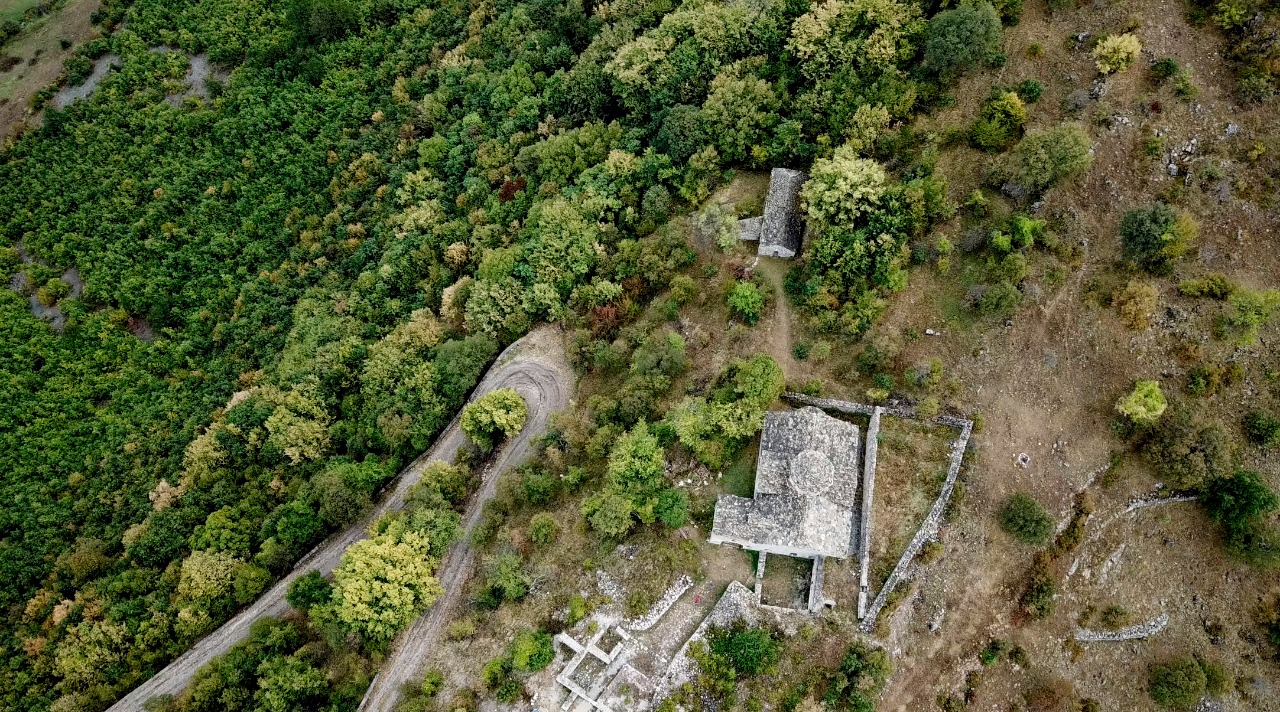Vithkuq is one of the three oldest and most important villages in Korca area. The history of Vithkuq is similar to that of Voskopoja, though marked by events of different proportions. It used to be the junction between West and East. As early as the 18th century it saw a considerable development. When it used to be a thriving place, it had 24 neighbourhoods of which only 18 churches have survived. Vithkuq was plundered, burned down and ruined by the thieving gangs. The founding of the 1st Partisan Brigade led by Mehmet Shehu (1913-1981) was a major event for Withkuq. The elderly of this area still have memories of stories from the Second Wold War, when the Anglo-American missionaries operated for a long time in the area in between Voskopoja and Vithkuq.
Before arriving to Vithkuq you first run across a pleasant lake that serves as an artificial water-collector called the Gjanc water-collector. Its water were used to irrigate a good part of the fertile Korca Plain and for a hydro-power plant supplying water to the city. You will see several housed on the banks of a stream situated at Leshnja. In the past, they were occupied by the farm employees of the St. Peter Monastery. On the way out of the village there is a simple workshop. It is a village brewery. Utilizing the water from the nearby sources it produces beer in sufficient amounts for wedding-parties and other celebrations. The first historic site of Vithkuq is the bridge, called by the local people as Zoto’s Bridge or the Large Bridge. The bridge was built from one local inhabitant in the early 20th century. At one end of the bridge the benefactor constructed as small chapel where the numerous travellers in the area could pray and light a candle. The source of one of the most important rivers in Albania Osum, which divides the well known town of Berat into two parts originates precisely under the Zoto’s Bridge. Past the bridge the visitors may walk around the village, and head for St. Peter Monastery. In the centre of the village there are many bars and restaurants where the visitors can taste the good plum rakia but also try meat and cheese from this area that are famous across the Korca area. A Monument of Culture is situated just east of the village near the old cemetery. It is the St. Michael Church constructed in the 18th century.

